Building muscle is a science as much as it is an art. While everyone's body responds a little differently to training, certain muscle groups are widely recognized for being the fastest growing muscles in the body. Knowing which muscles grow the fastest can help you plan your workouts smarter and maximize your gains.
What Is the Fastest Growing Muscle?
When it comes to rapid development, the glutes, quadriceps, and lats often take the crown. Among these, many trainers consider the gluteus maximus the fastest growing muscle because of its size, function, and frequent engagement during exercises like squats, deadlifts, and lunges.
However, "what is the fastest muscle to grow?" isn't a one-size-fits-all answer. Genetics, nutrition, training intensity, and recovery all influence your growth rate. Still, in general terms, the glutes and quads respond incredibly well to consistent, progressive overload training.
What Muscles Grow the Fastest?
-
Glutes: Due to their daily use in basic movements and large size, they respond well to heavy compound lifts.
-
Quadriceps: Front thigh muscles that react quickly to strength training, especially squats, leg presses, and lunges.
-
Latissimus Dorsi (Lats): The large muscles of the back that flare out when well-developed. Pull-ups, rows, and pulldowns are fantastic lat builders.
-
Traps: Particularly the upper traps, which can grow quickly with shrugs and heavy deadlifts.
-
Chest (Pectorals): Especially in beginners, the pecs often show fast gains through bench presses and push-ups.
So, which muscles grow the fastest? In most cases, it's these larger, compound-focused muscle groups that thrive on big movements and heavy loads.
Quickest Muscle to Grow: More Than Just Genetics
When people ask, "what is the fastest growing muscle," or "what muscle group grows the fastest," they’re often looking for a shortcut. While some muscles like the glutes and quads do tend to hypertrophy faster, growth isn't purely automatic. It requires smart programming: progressive overload, proper recovery, and adequate nutrition.
The quickest muscle to grow for beginners is usually the chest or arms because these areas often get targeted heavily early on. Biceps, in particular, respond well to new stimuli, especially in untrained individuals. However, as training age increases, the glutes and lats usually take the lead in terms of noticeable size gains.
Fastest Growing Muscles vs. Slowest Growing Muscles
Just as some muscles grow quickly, others notoriously lag. If you’re wondering "which muscle grows the slowest," calves and forearms often top the list. These muscles are heavily used in daily life (walking, gripping), so they’re more resistant to change and require specific, focused, and often high-volume training to force growth.
Practical Takeaways for Faster Gains
-
Focus on Big Movements: Compound lifts like squats, deadlifts, pull-ups, and bench presses target the fastest growing muscles most effectively.
-
Train With Intensity: Push yourself progressively to lift heavier or perform more reps over time.
-
Eat for Growth: Muscle can't grow without sufficient calories and protein.
-
Prioritize Recovery: Muscles grow outside the gym during rest. Overtraining can stall even the fastest growing muscle groups.
-
Consistency Wins: The "fastest muscle to grow" still takes weeks and months of dedication. There are no overnight transformations.
Final Thoughts
Understanding what muscles grow the fastest can help you design a more effective training plan. Whether you're targeting the fastest growing muscle in the body or trying to bring up lagging body parts, success lies in structured effort, smart programming, and patience. Every body is different, but with the right approach, your muscles—glutes, lats, quads, and more—will respond in a big way.



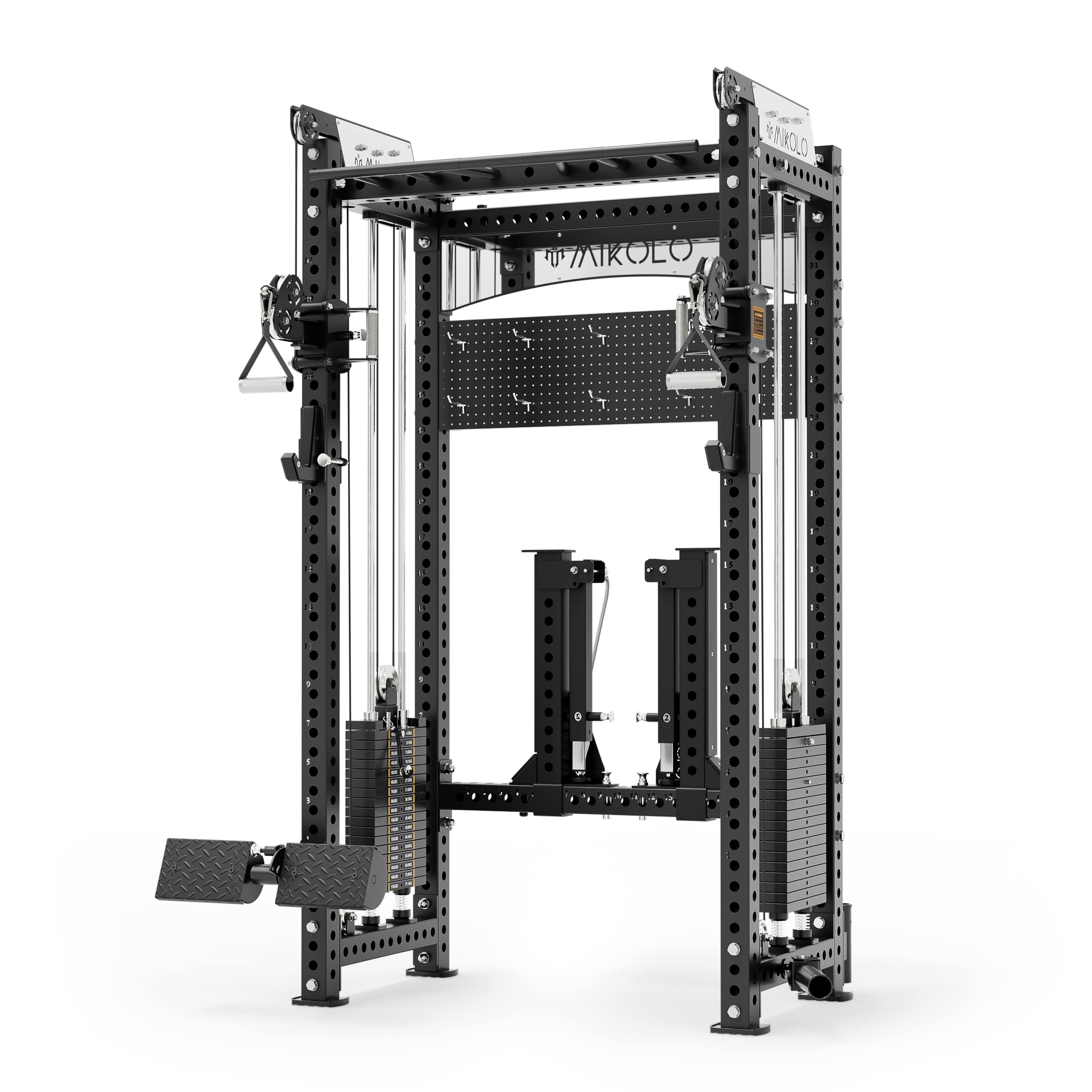

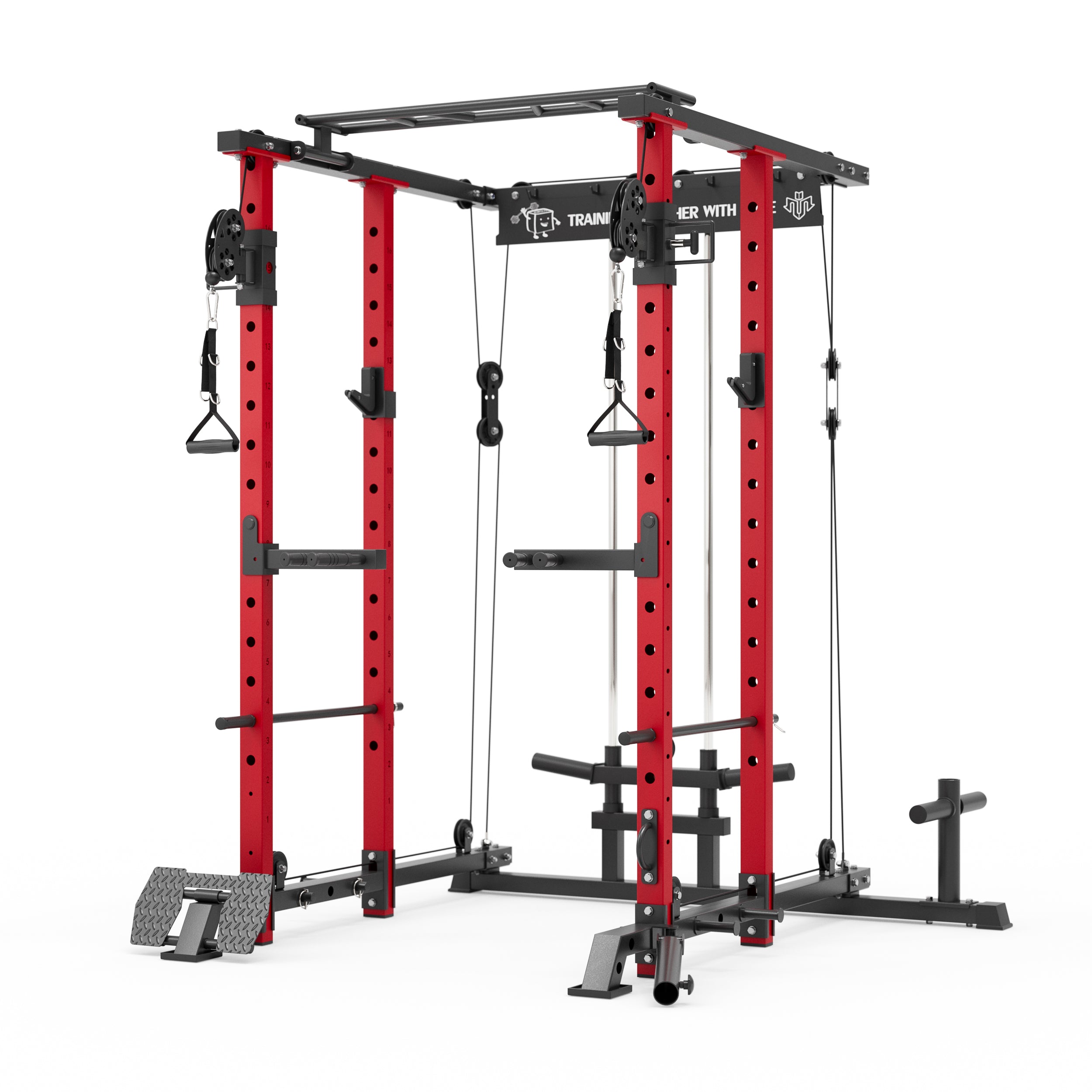



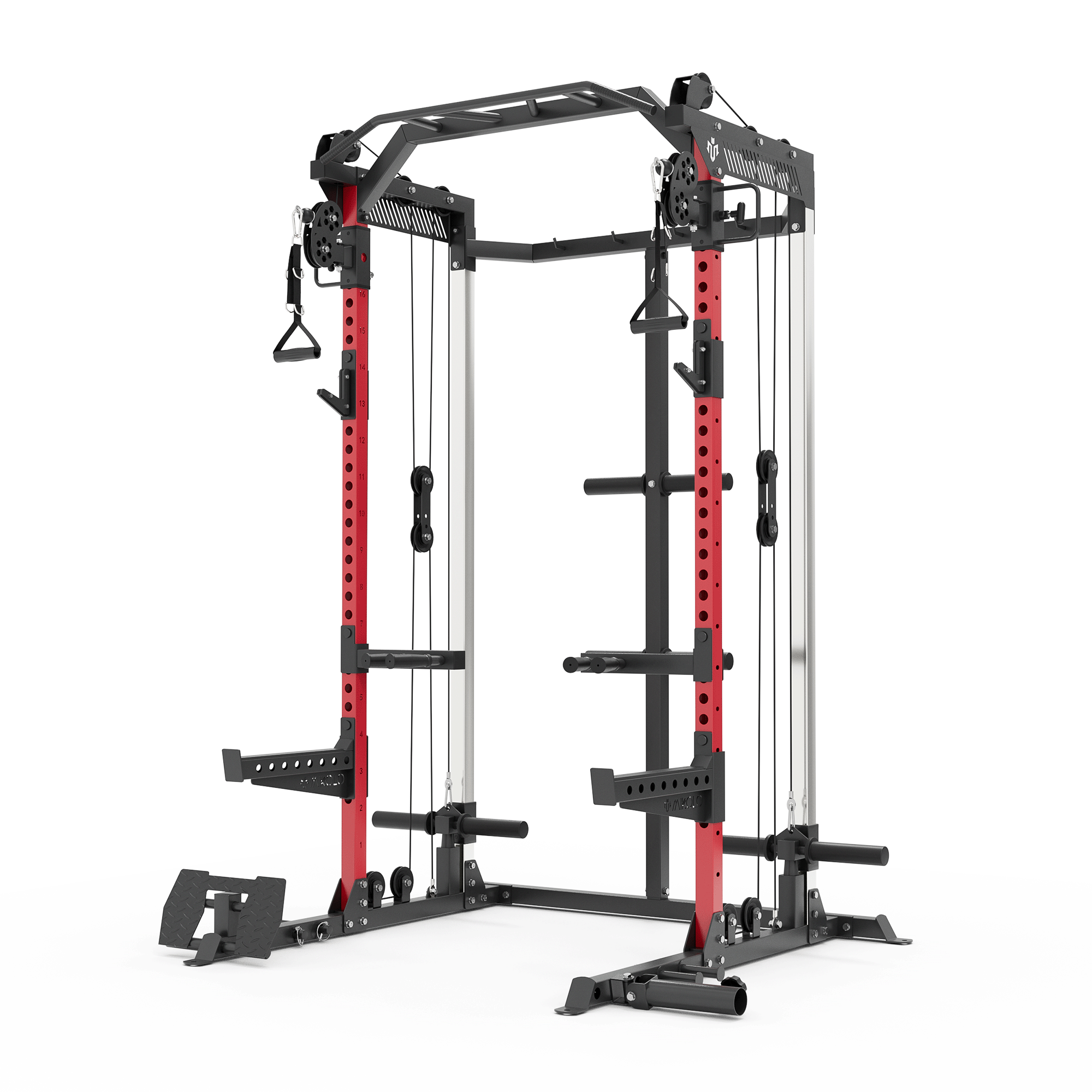
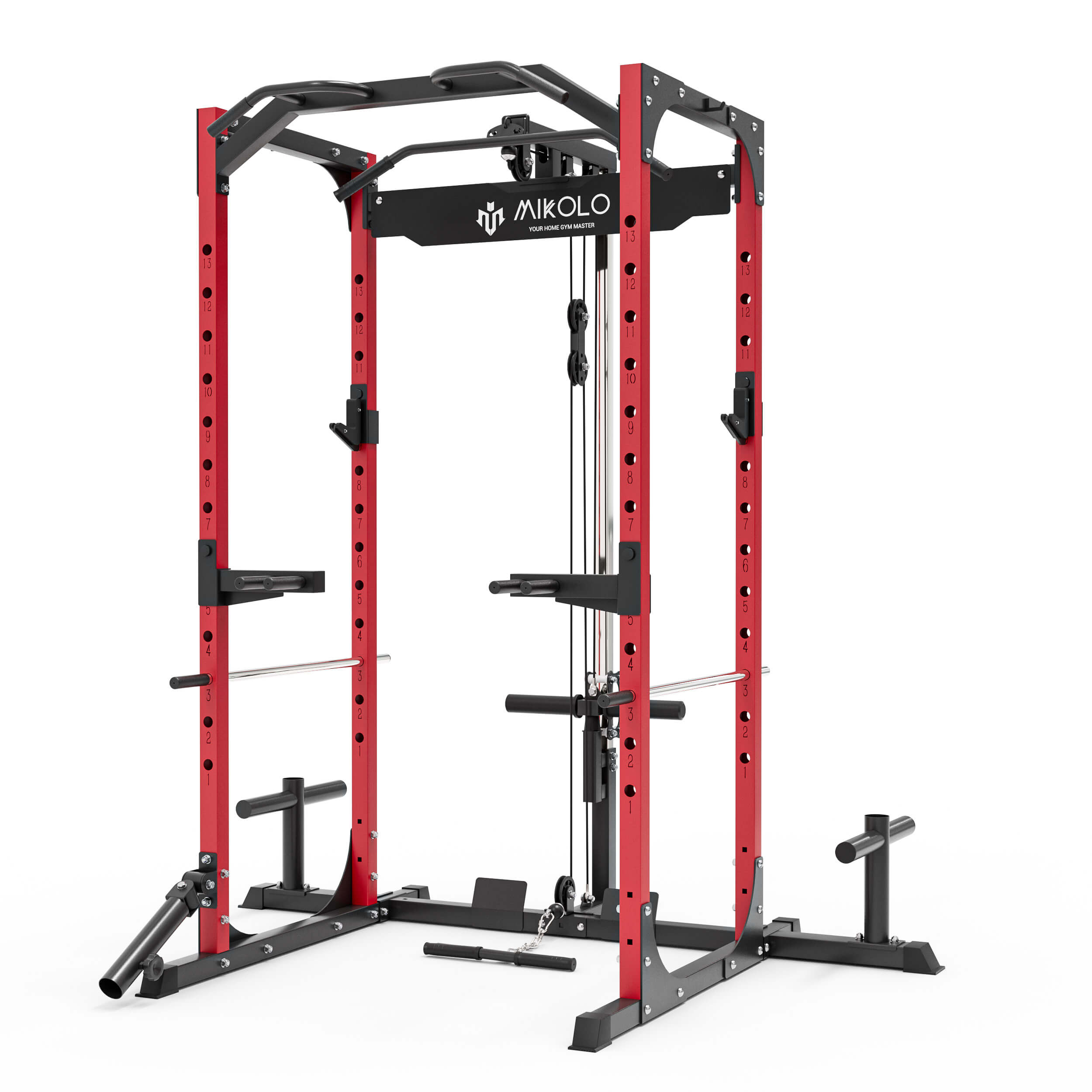




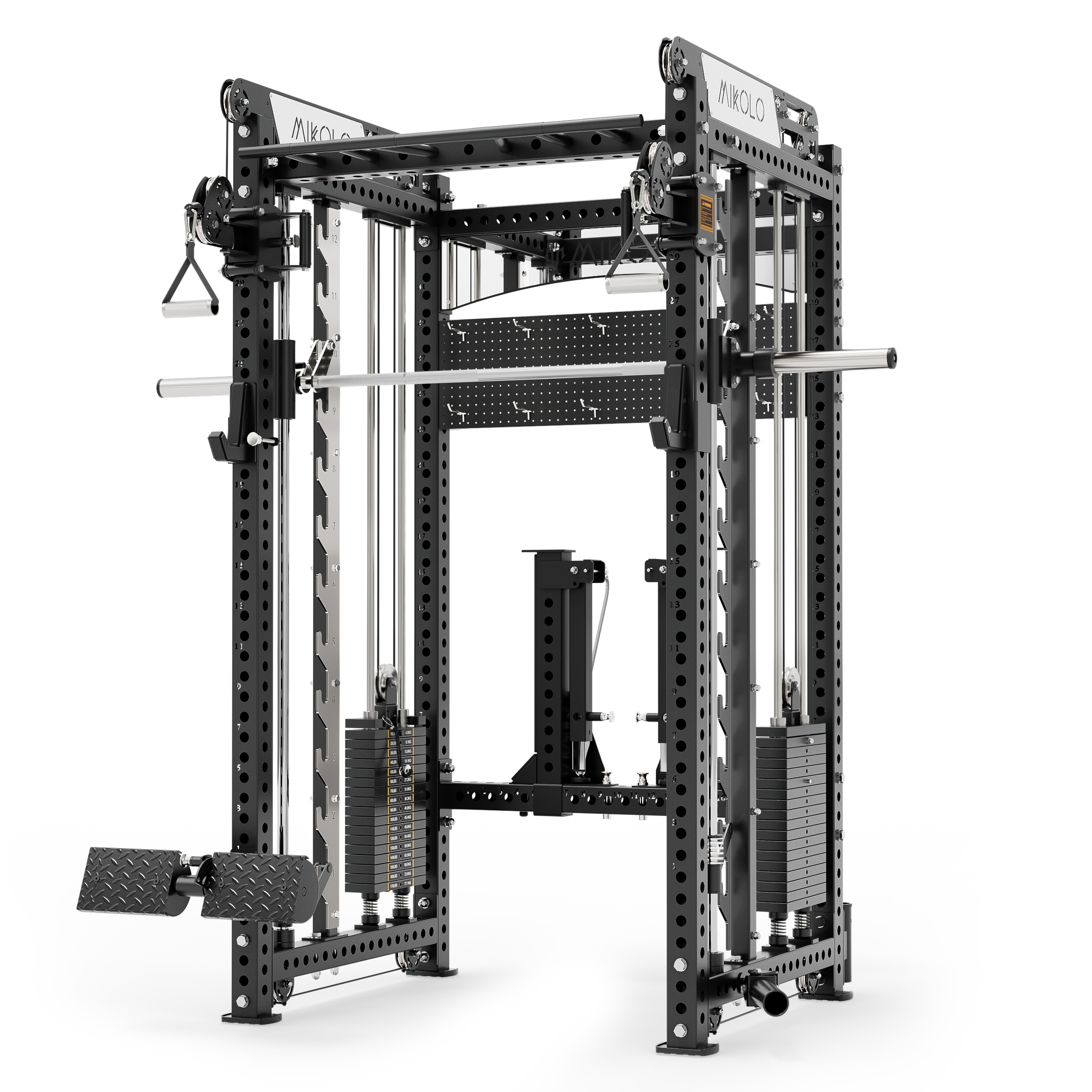

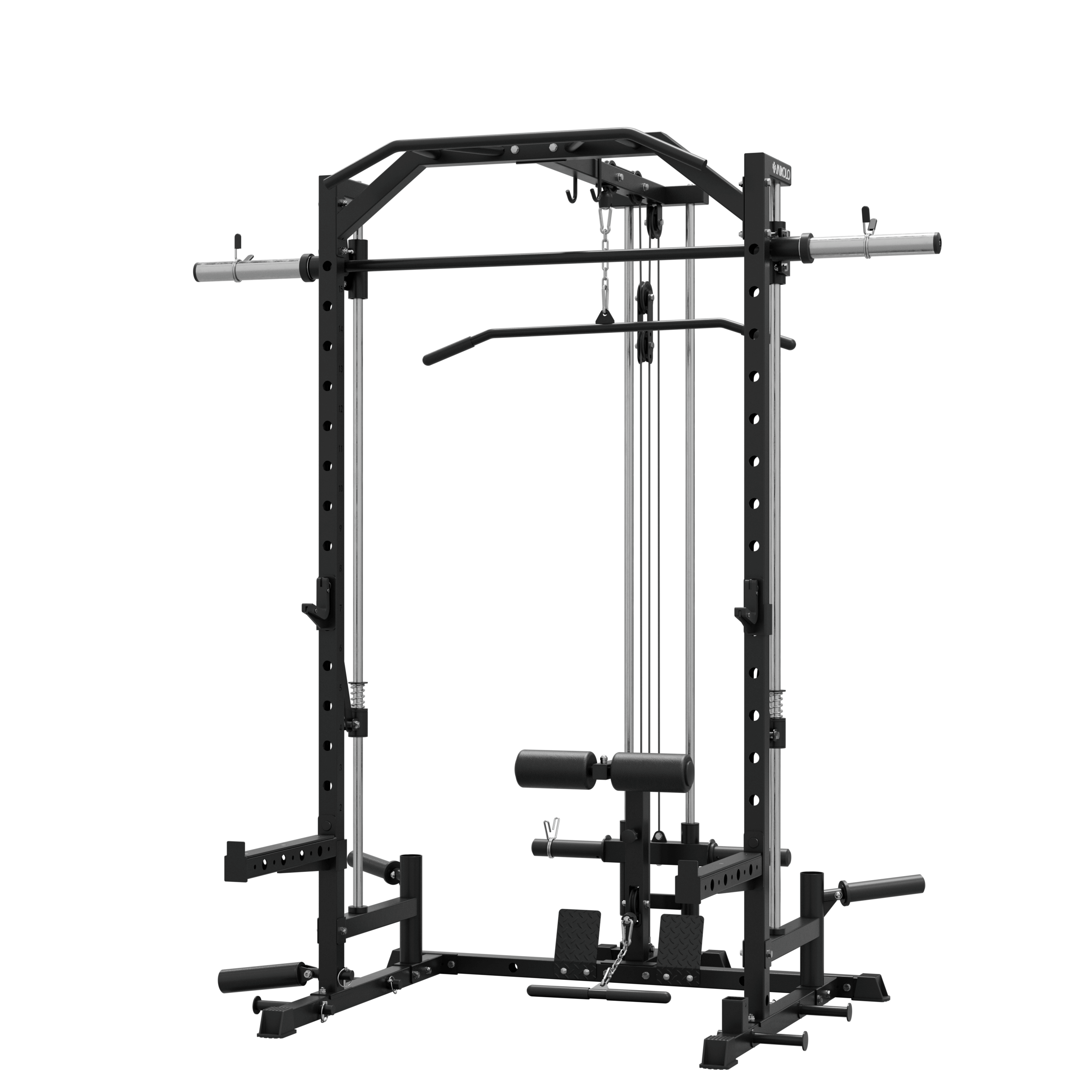
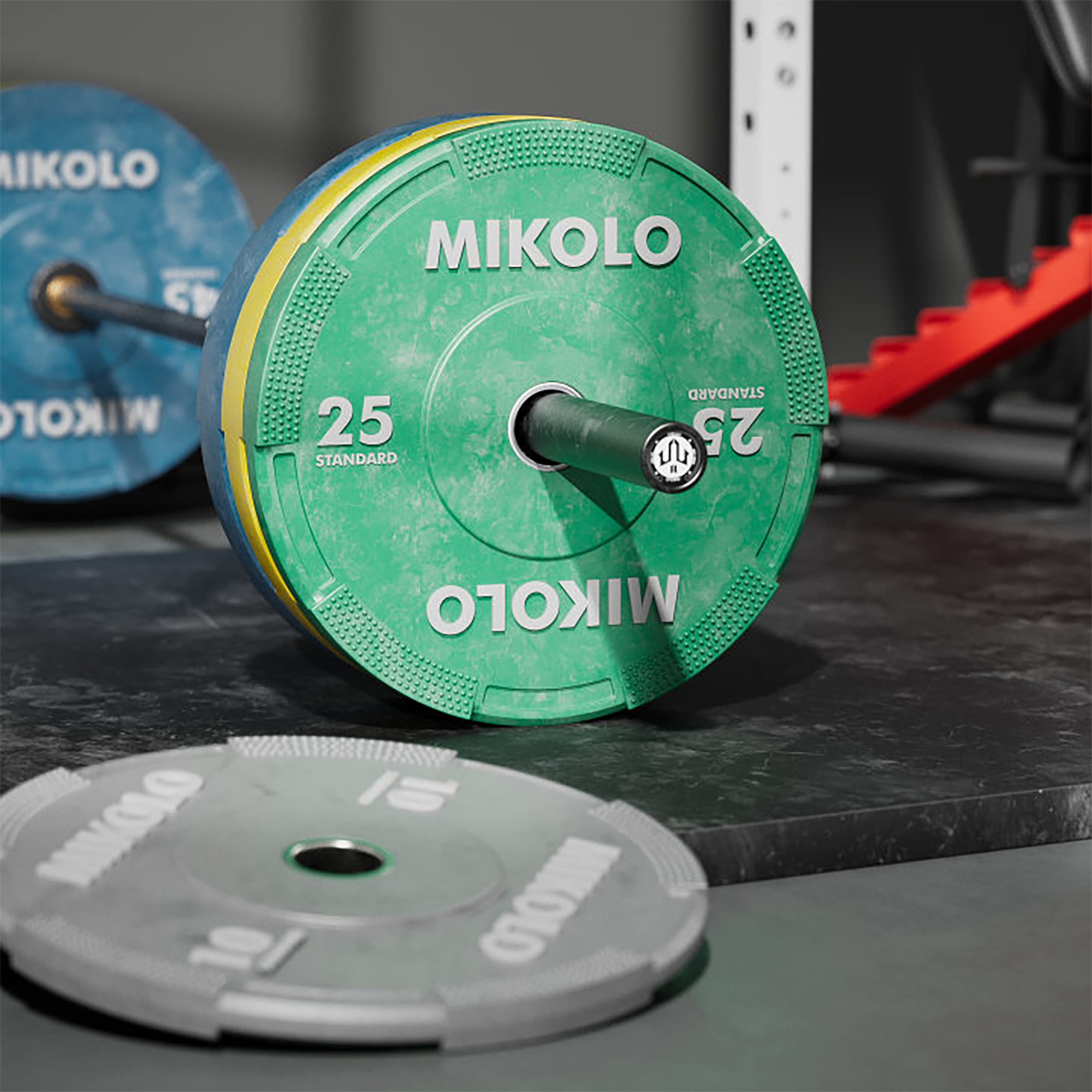
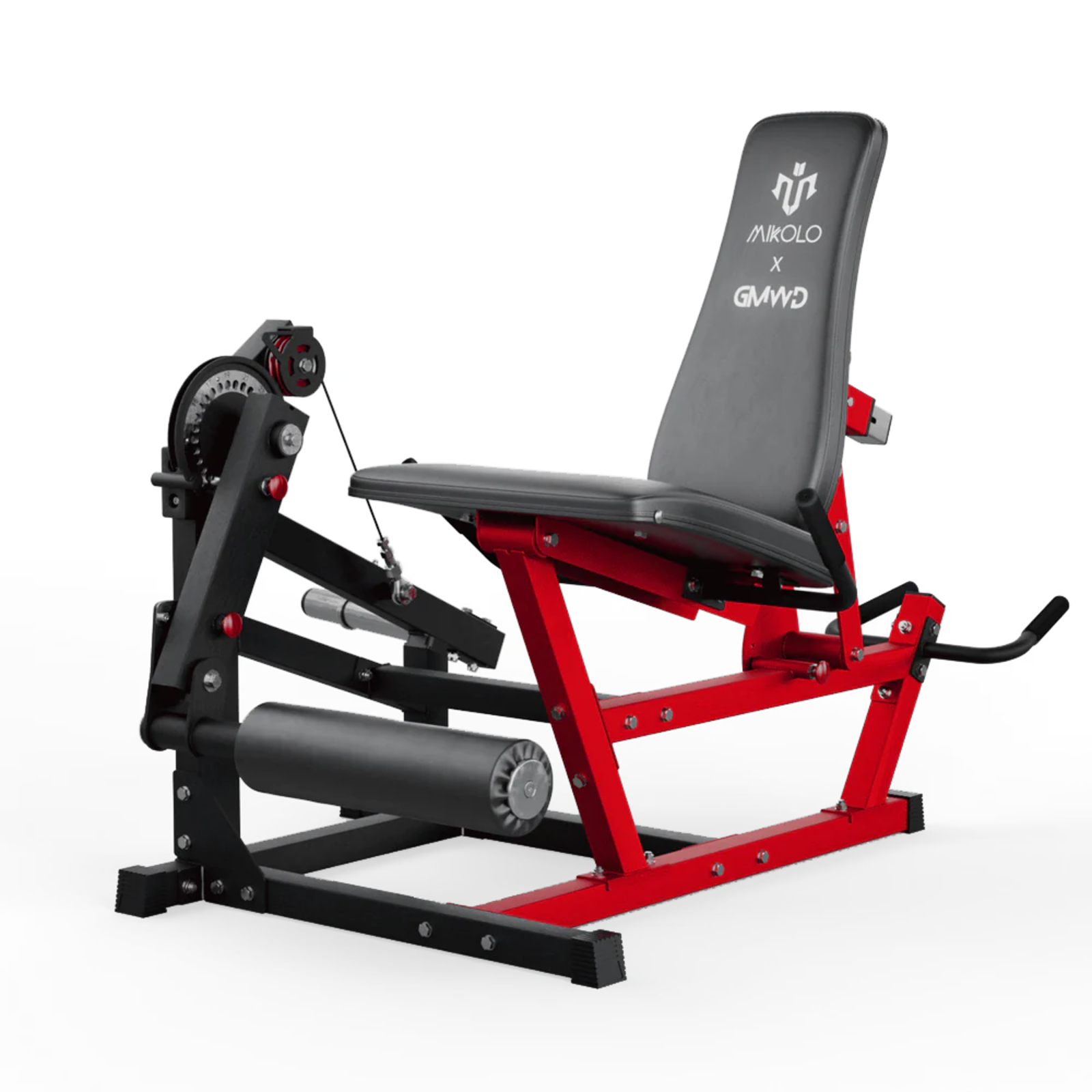

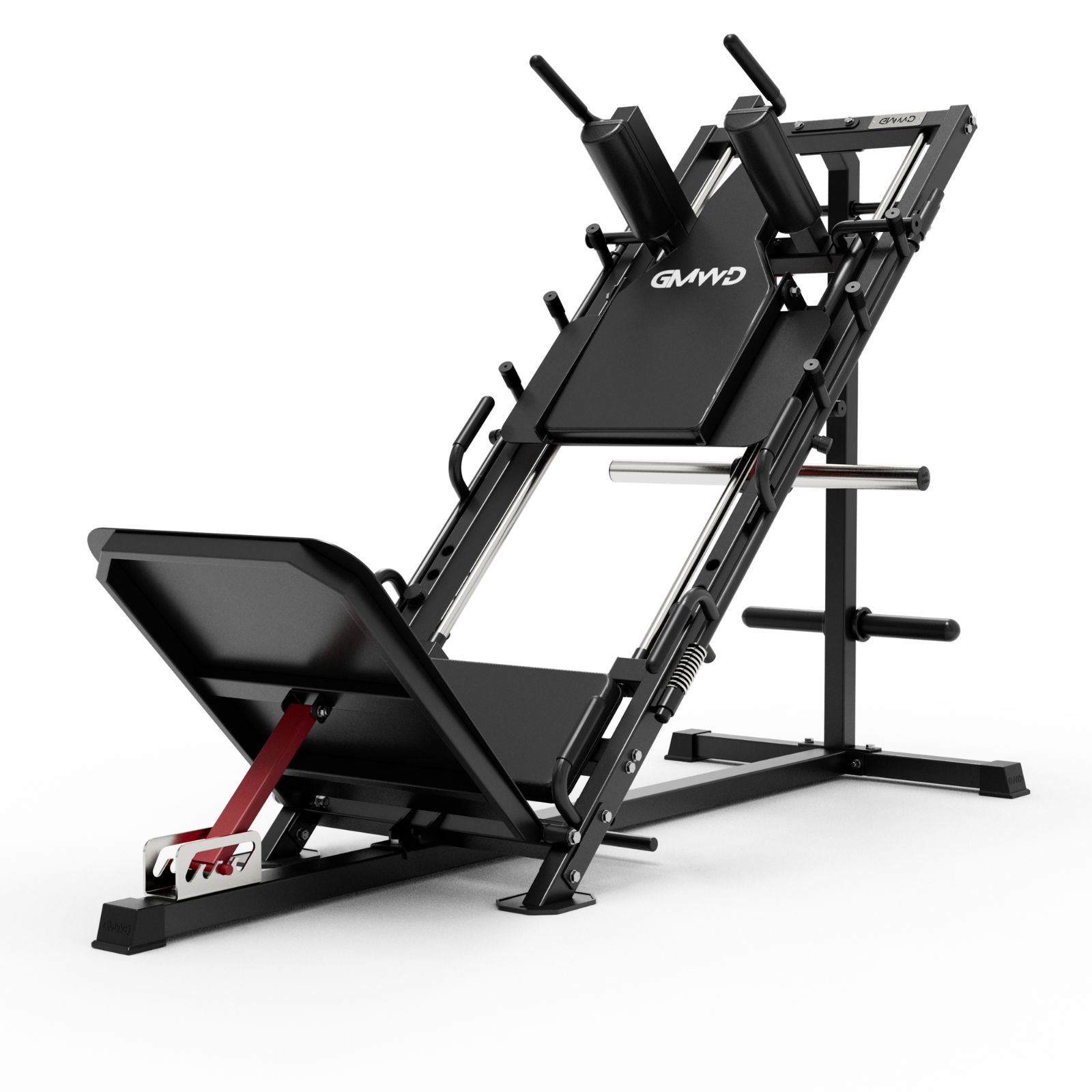


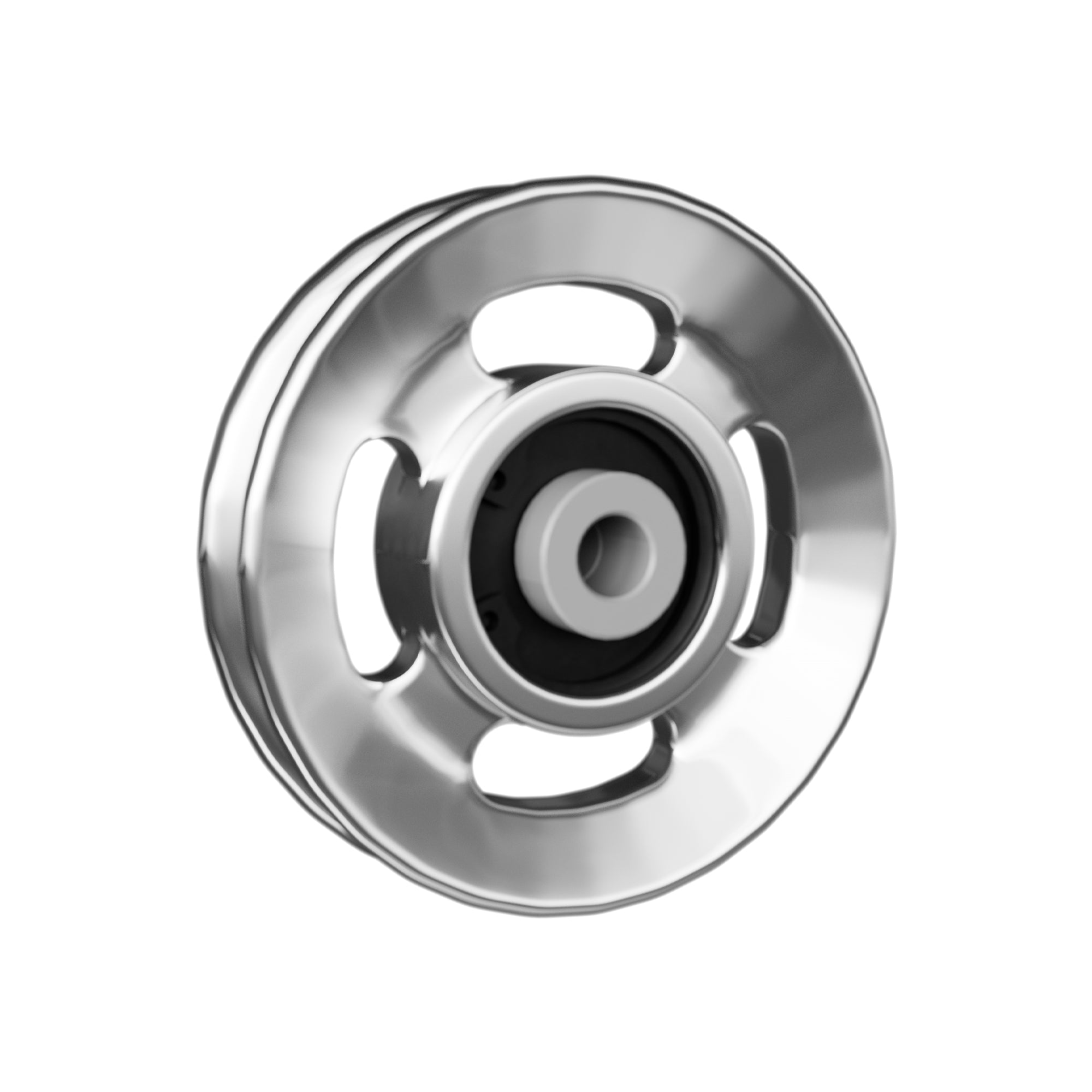
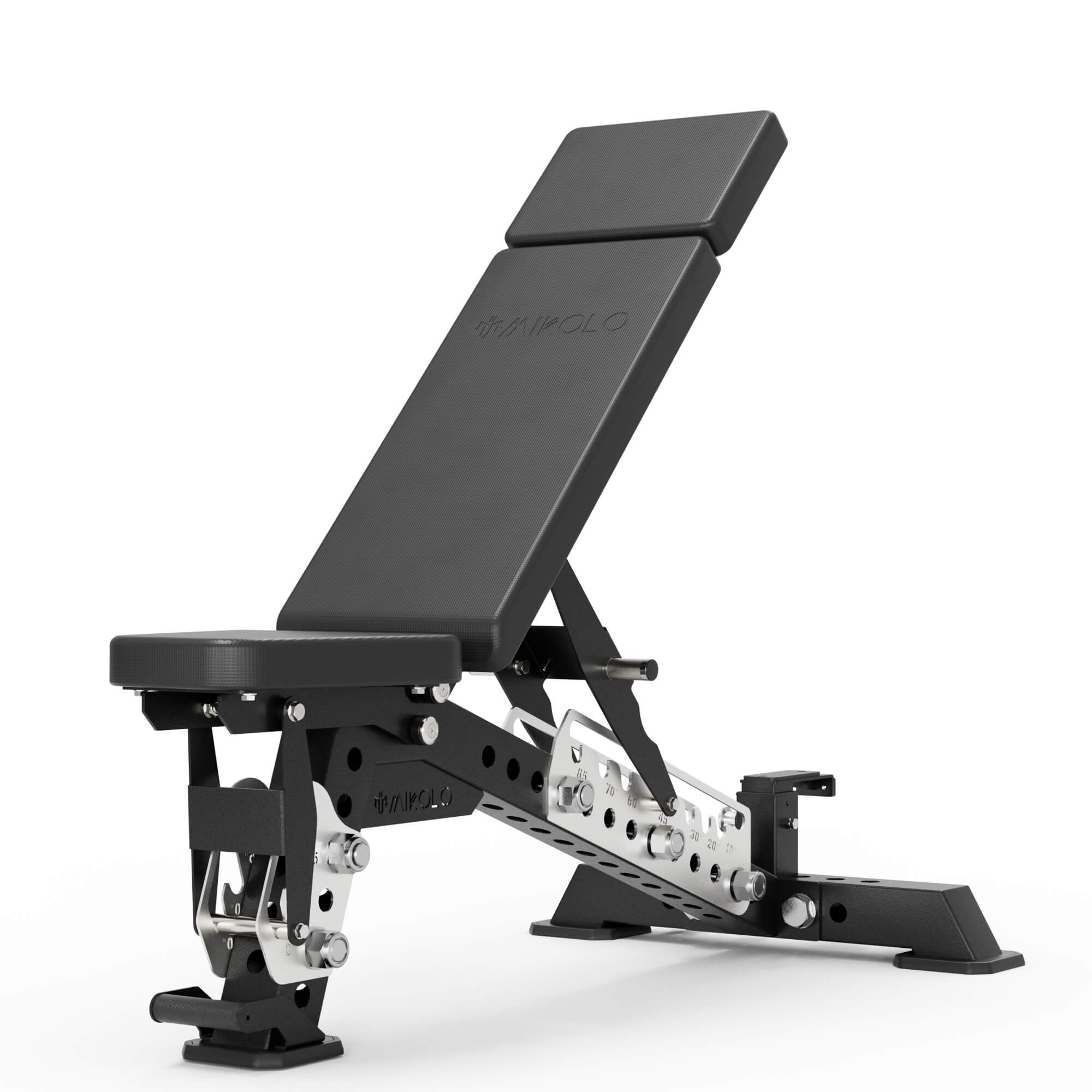
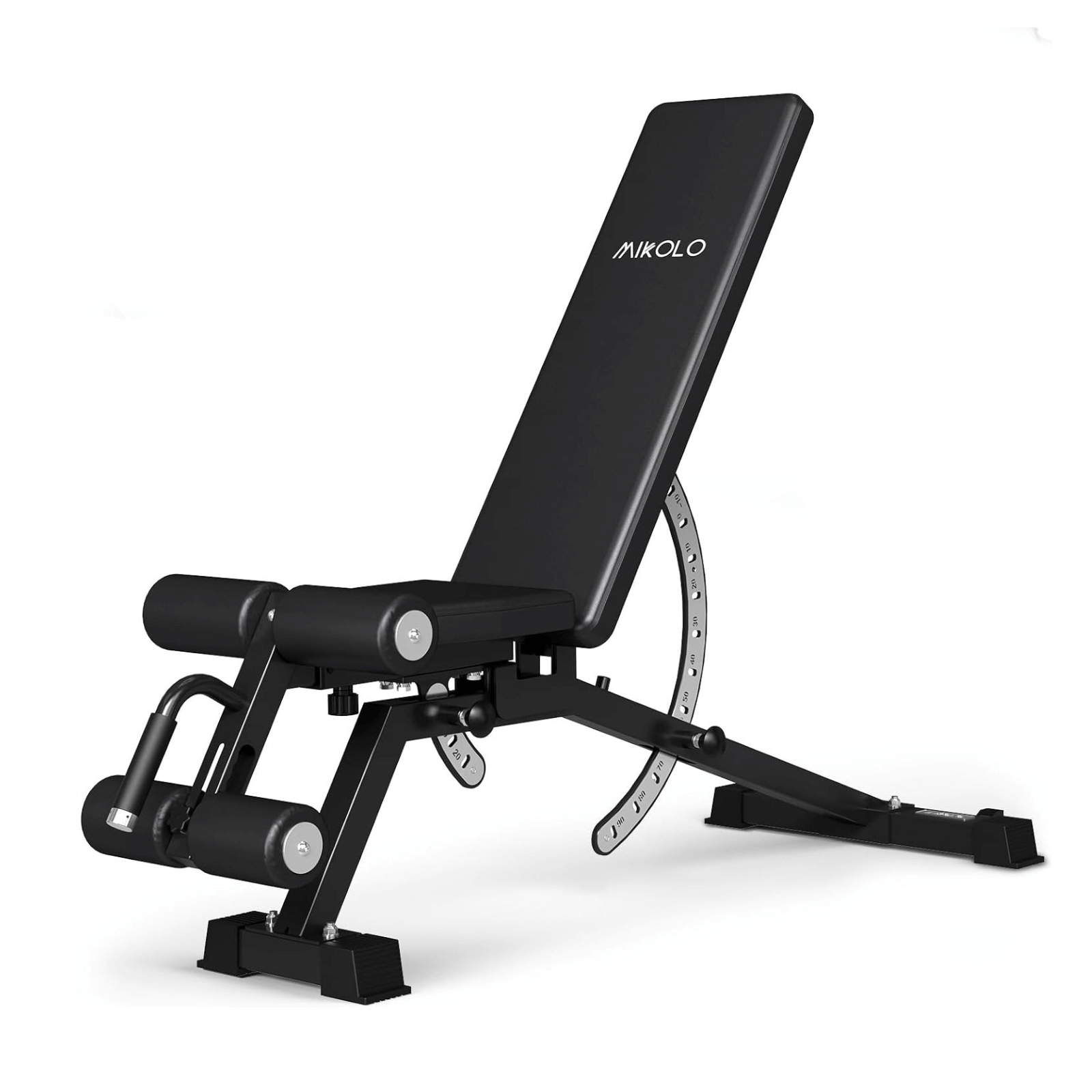

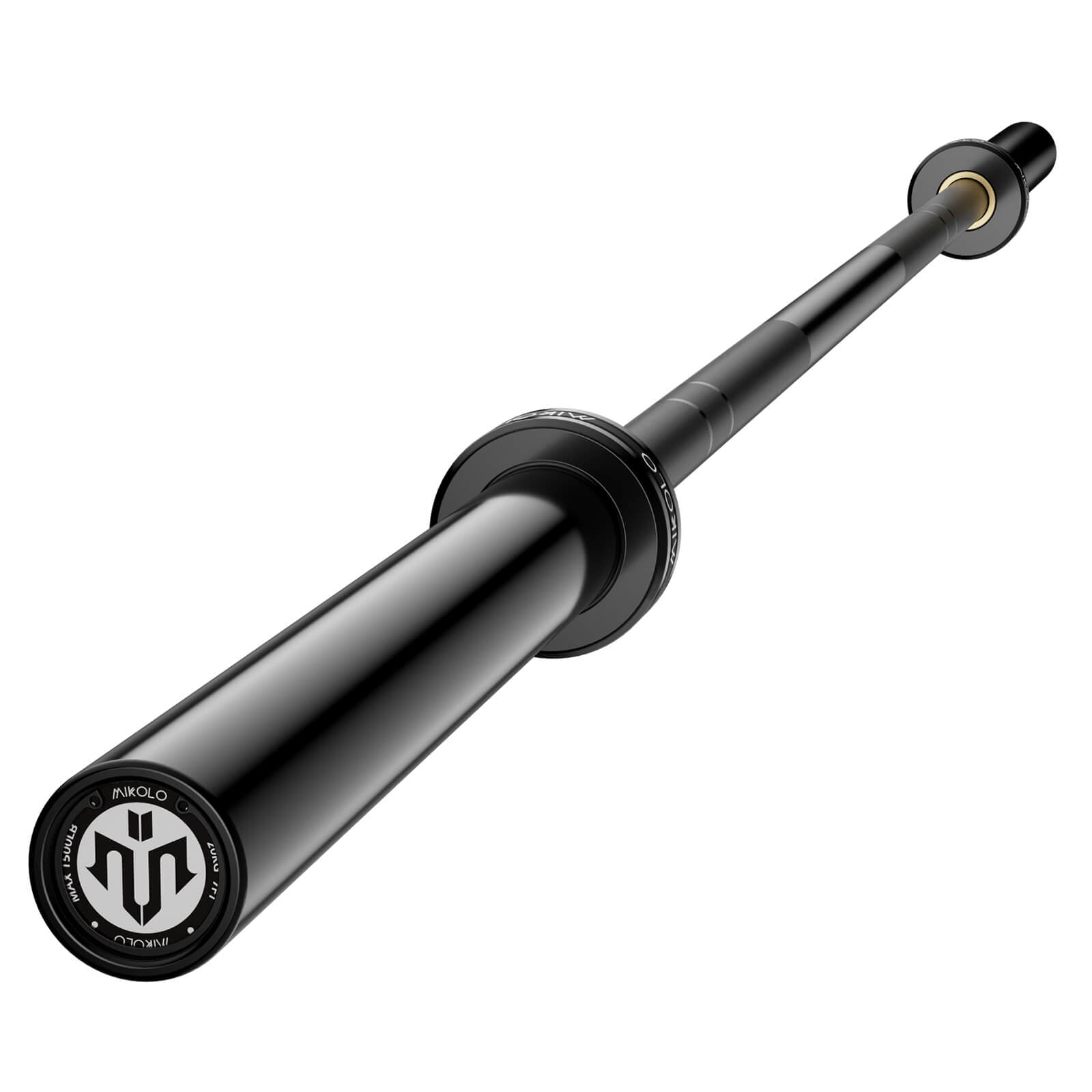
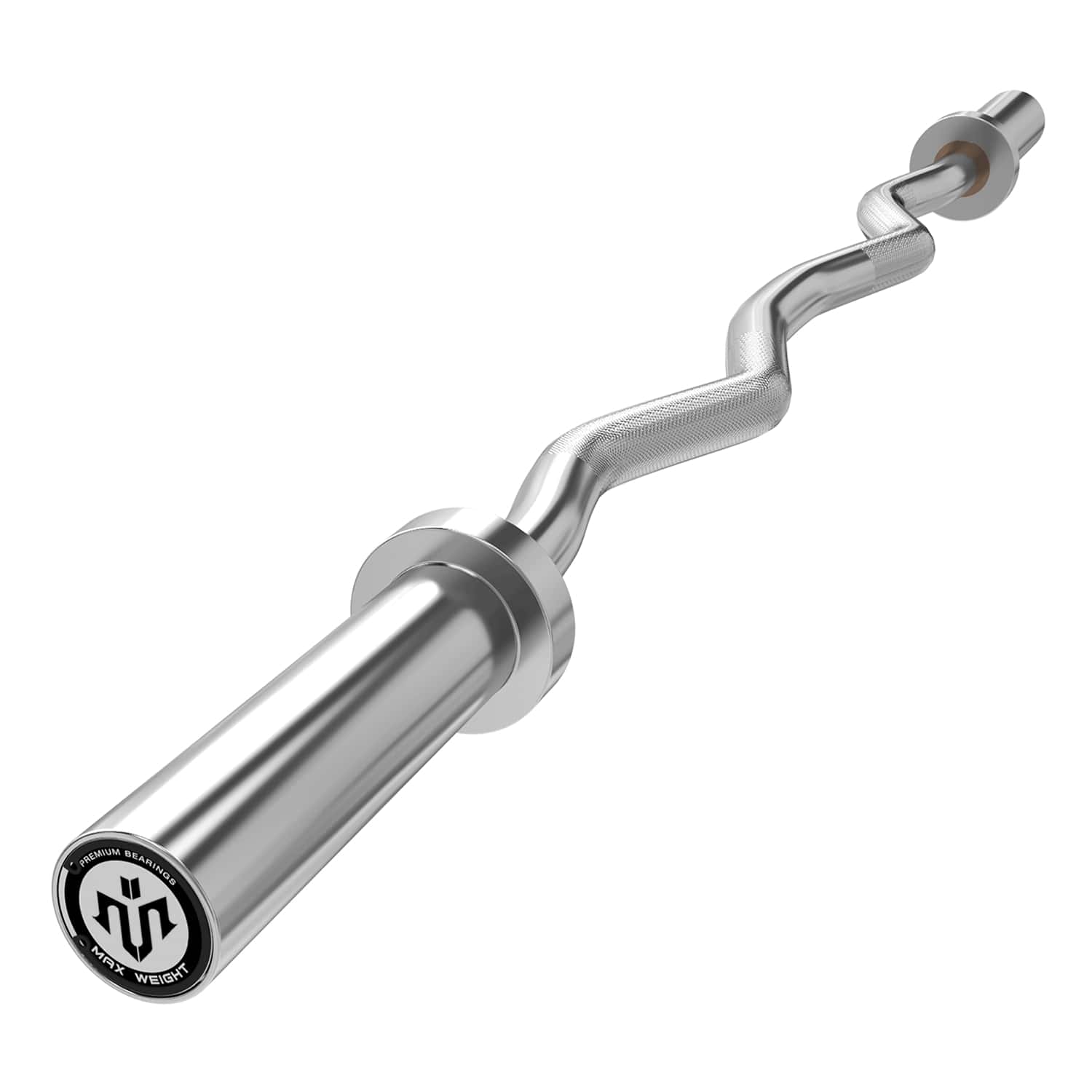

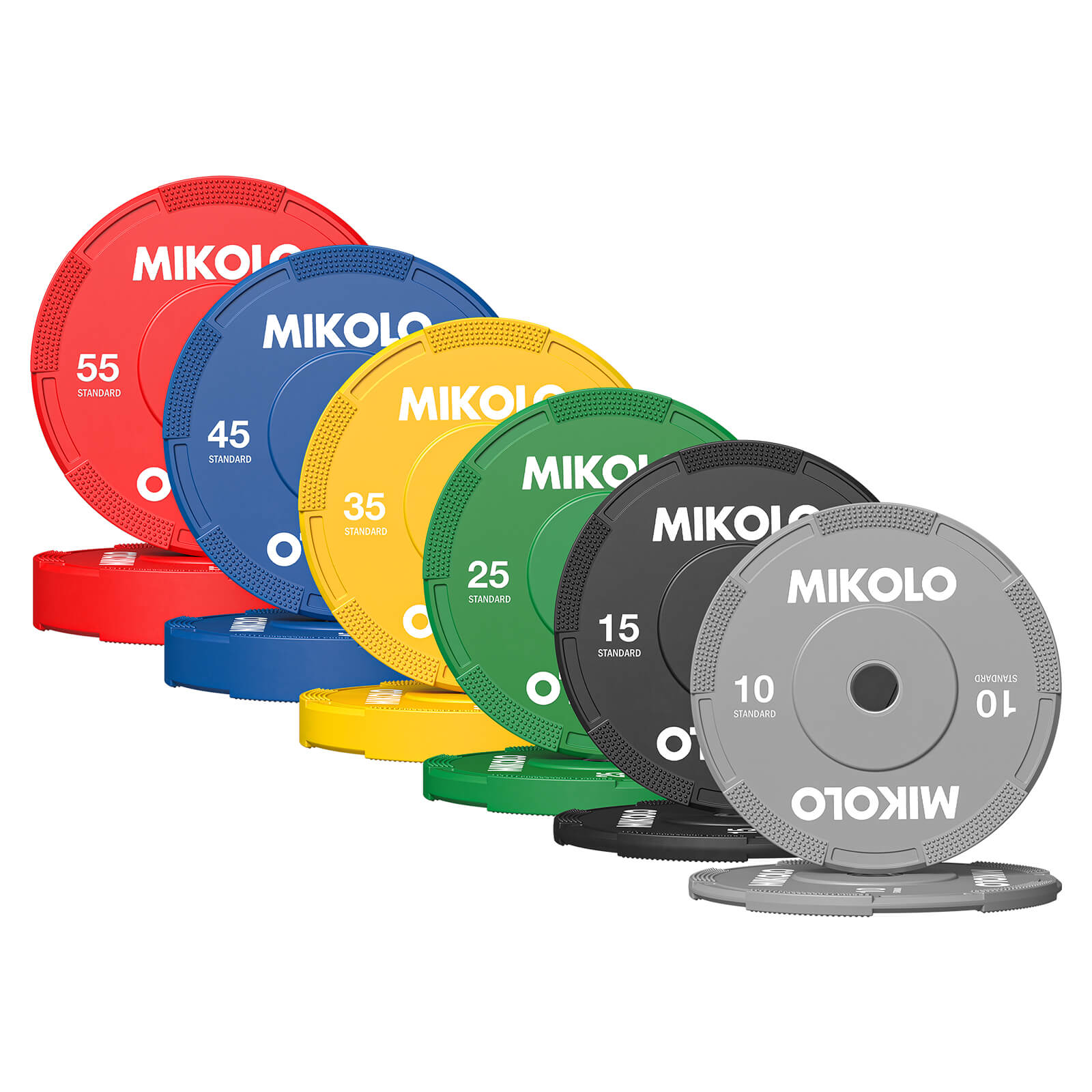
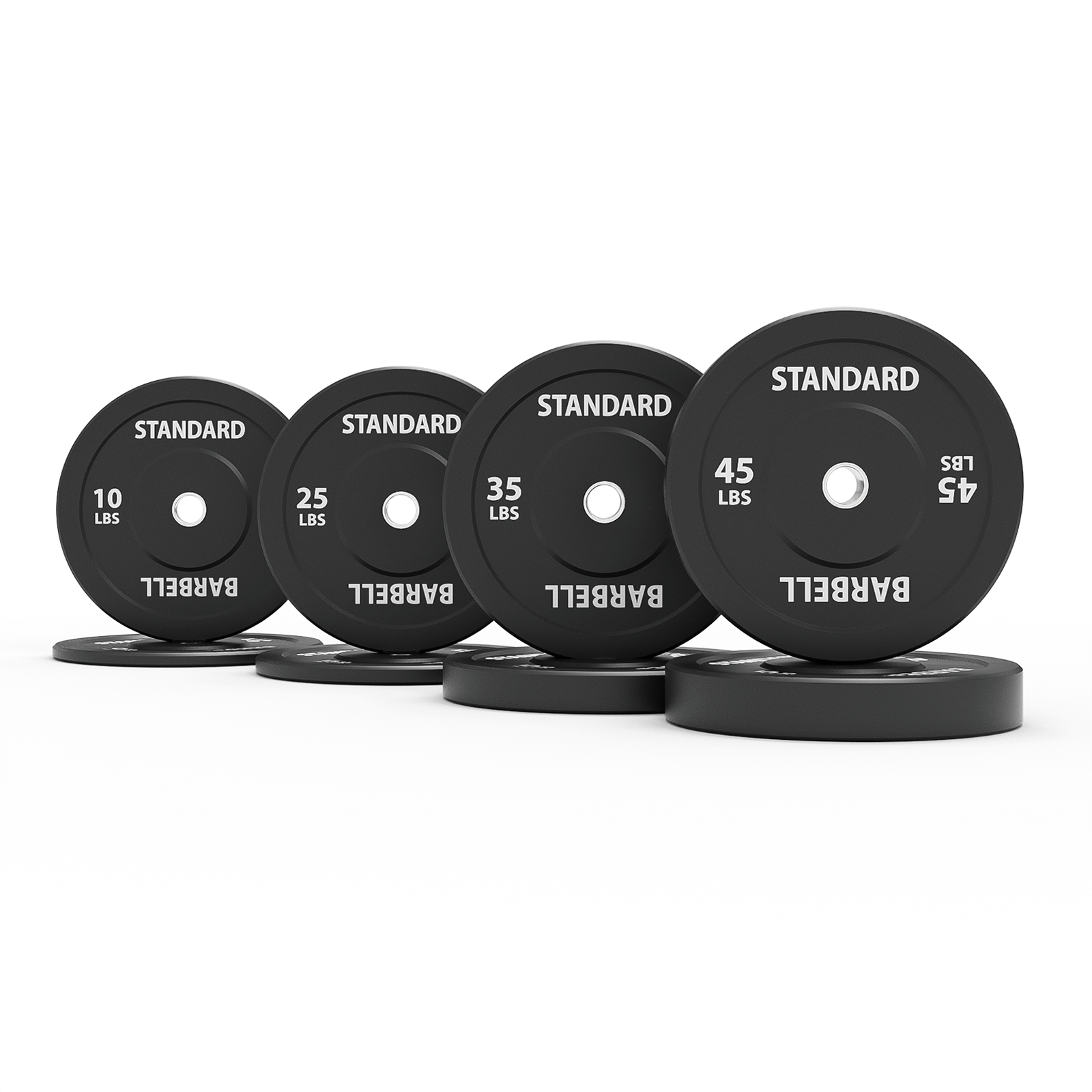
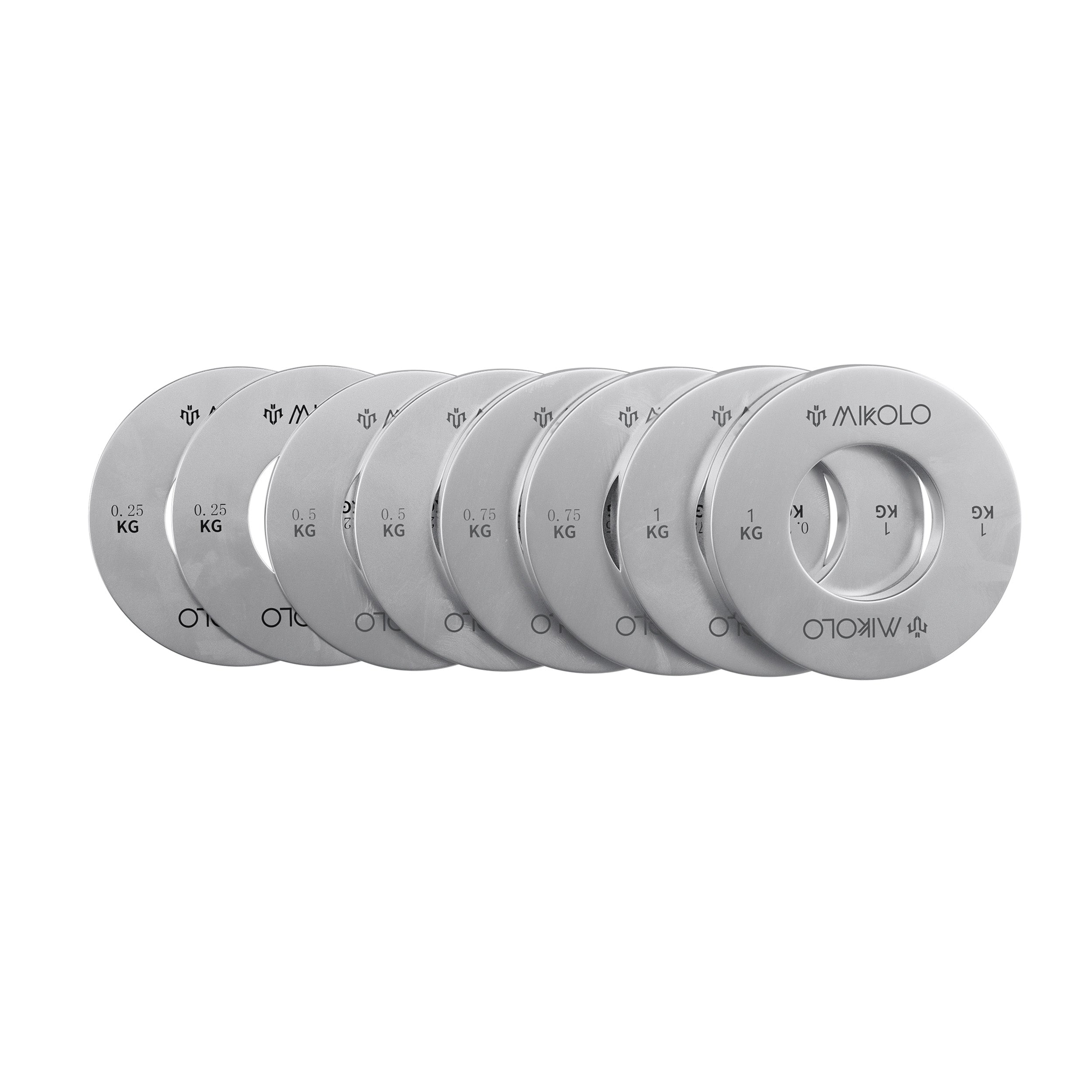


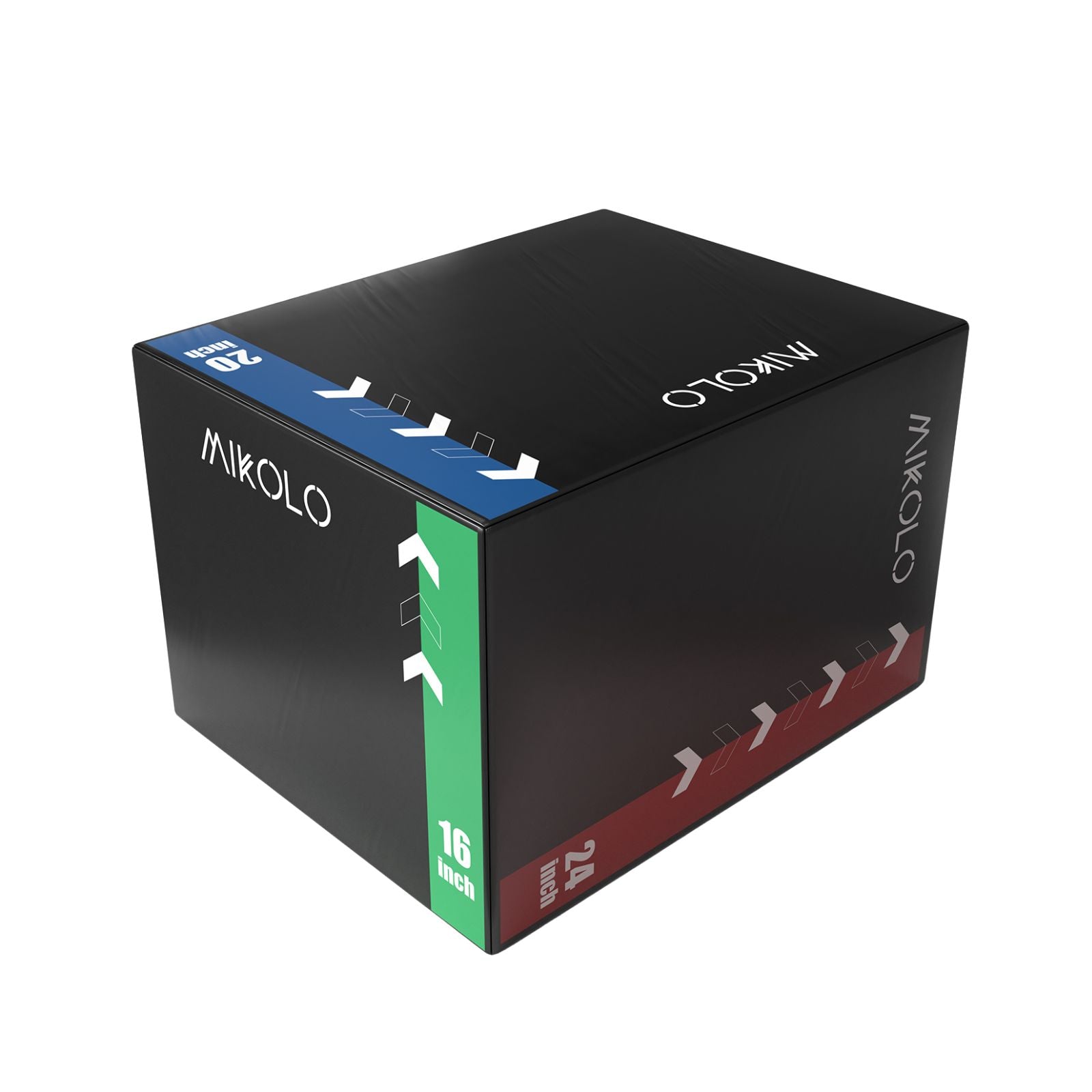
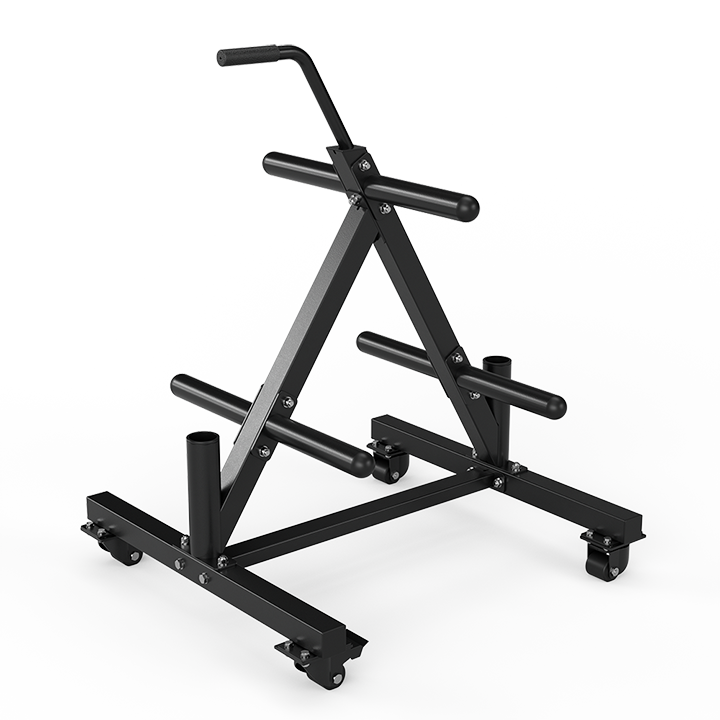





Leave a comment
This site is protected by hCaptcha and the hCaptcha Privacy Policy and Terms of Service apply.